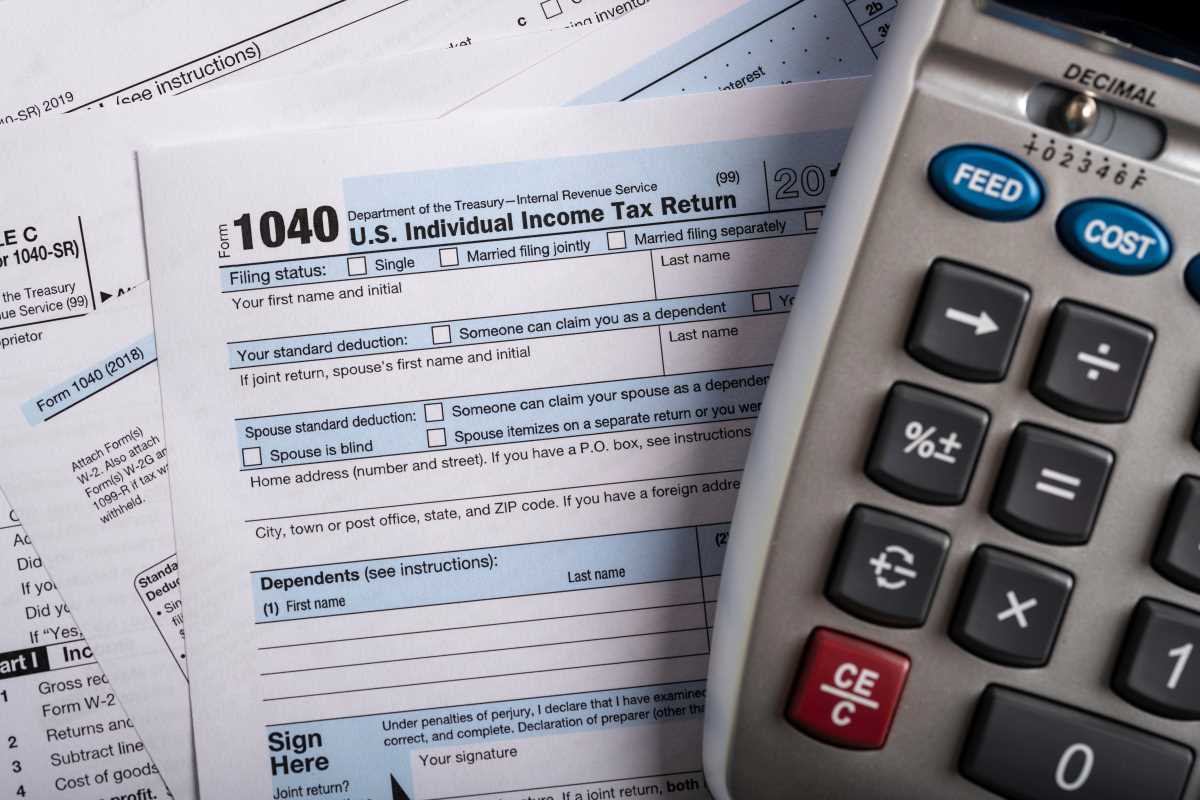Understanding taxes and maximizing your refund is crucial to managing your finances efficiently. While taxes are an unavoidable part of life, many people find the process overwhelming and complicated. However, by understanding how the system works and adopting smart strategies, you can reduce your tax burden and increase your chances of receiving a higher refund. Taxes are payments made to the government, typically calculated based on your income, that fund public services like education, healthcare, and infrastructure. In the U.S., taxes are progressive, meaning the more you earn, the higher your tax rate. Fortunately, multiple ways exist to reduce your taxable income, claim eligible credits, and ultimately reduce the amount you owe or increase the refund you receive.
The Basics of How Taxes Work
The first step in maximizing your refund is understanding the basic structure of your income taxes. Taxable income is calculated by subtracting allowable deductions and exemptions from your total income. Once you have your taxable income, it is subject to tax according to a progressive scale with different tax brackets. For many people, the most important taxes are federal income taxes, but state and local taxes may also apply. The IRS collects income taxes through a system of withholding, where your employer deducts taxes from your paycheck based on the information you provided on your W-4 form. If too much is withheld throughout the year, you could be entitled to a refund; if too little is withheld, you might owe additional taxes when you file your return.
Reducing Taxable Income Through Deductions
Maximizing your refund comes down to reducing your taxable income and claiming credits. One of the easiest ways to do this is through deductions. The most common form of deduction is the standard deduction, which is a flat amount that reduces your taxable income. For 2023, the standard deduction for single filers is $13,850. However, some taxpayers may benefit from itemizing their deductions, especially if they have significant mortgage interest, charitable contributions, or medical expenses. Itemizing can take more time, but it may provide greater tax savings than taking the standard deduction.
Valuable Tax Credits to Claim
Another way to reduce your taxable income is by claiming tax credits, which directly lower the amount of taxes you owe. For instance, the Child Tax Credit offers up to $2,000 per qualifying child, while the Earned Income Tax Credit (EITC) provides financial relief for low- to moderate-income individuals and families. The American Opportunity Tax Credit, which helps offset the cost of education, and the Saver’s Credit, which incentivizes retirement savings, are also valuable credits that can significantly reduce your tax liability. These credits are particularly valuable because they lower your tax bill dollar-for-dollar, unlike deductions, which reduce the amount of income that’s subject to tax.
Getting Organized for a Smooth Filing Process
You’ll want to be organized and gather all necessary documents before filing your tax return to get the most out of your refund. This includes income statements such as W-2s and 1099s, receipts for deductible expenses, records of charitable donations, and statements from any investments or retirement accounts. Being prepared and staying organized can save you time and help prevent mistakes when it comes to tax filing. You may also want to consider using tax preparation software such as TurboTax or H&R Block, which can help guide you through the process, or working with a professional tax preparer if you have a complex tax situation.
Filing Early and Avoiding Common Mistakes
Filing early can also help maximize your refund. Early filers generally receive their refund faster than those who wait until the deadline. Moreover, filing early helps prevent fraud or identity theft, as scammers often target people who file late in the tax season. Once you have filed, the IRS will process your return and issue any refunds within a few weeks. However, if your return is flagged for additional verification, it may take longer to receive your refund.
While getting a refund is often seen as a financial windfall, it’s important to remember that a large refund means that you’ve overpaid throughout the year. Instead of receiving a large sum in April, adjusting your withholding and keeping more of your money throughout the year could be more beneficial. For example, you can increase your take-home pay by filling out a new W-4 form, which will adjust how much your employer withholds for taxes. Keeping that money throughout the year allows you to invest it, pay down debt, or save for other goals, rather than letting the government hold onto it until tax season.
Avoiding Tax Filing Mistakes
Avoiding common mistakes is essential to making the most of your tax return. Common errors include failing to choose the correct filing status, making mathematical errors, or missing income sources. For example, if you’re married, you may need to choose between “married filing jointly” or “married filing separately,” and choosing the wrong one could affect your refund. Similarly, overlooking income from freelance work, rental properties, or other sources could lead to penalties and delays. Ensuring that all deductions and credits you claim are eligible and properly documented is also important. If you’re unsure about a particular deduction or credit, it’s always a good idea to check IRS guidelines or consult with a tax professional.
Planning Ahead for Future Tax Years
In addition to claiming deductions and credits, consider other ways to reduce your taxable income in the future. Contributing to a retirement plan, such as a 401(k) or IRA, is one of the most effective ways to lower your taxable income while preparing for your financial future. For example, contributing to a traditional 401(k) reduces your taxable income in the year you contribute, and the money grows tax-deferred until you withdraw it in retirement. Other savings plans, such as Health Savings Accounts (HSAs) or Flexible Spending Accounts (FSAs), offer similar tax advantages for healthcare-related expenses.
Refund Delays and What to Expect
Sometimes, refunds are delayed due to additional processing requirements or errors. Common reasons include filing too early, before employers submit W-2s to the IRS, or claiming credits like the EITC or Additional Child Tax Credit, which require extra verification. Errors or mismatched information on your return can also cause delays. If you encounter delays, check your refund status using the IRS “Where’s My Refund?” tool to stay updated on your return’s progress.
Making the Most of Your Tax Return
To maximize your refund, it’s essential to understand the complexities of the tax system and take advantage of all the tools available to you. Whether it’s reducing your taxable income through deductions or benefiting from credits that reduce your tax liability, being strategic about how you file and plan for taxes can make a significant difference. Taking the time to stay organized, adjust your withholding, and avoid common mistakes will help ensure that you get the maximum refund possible and make the most of your hard-earned money.







